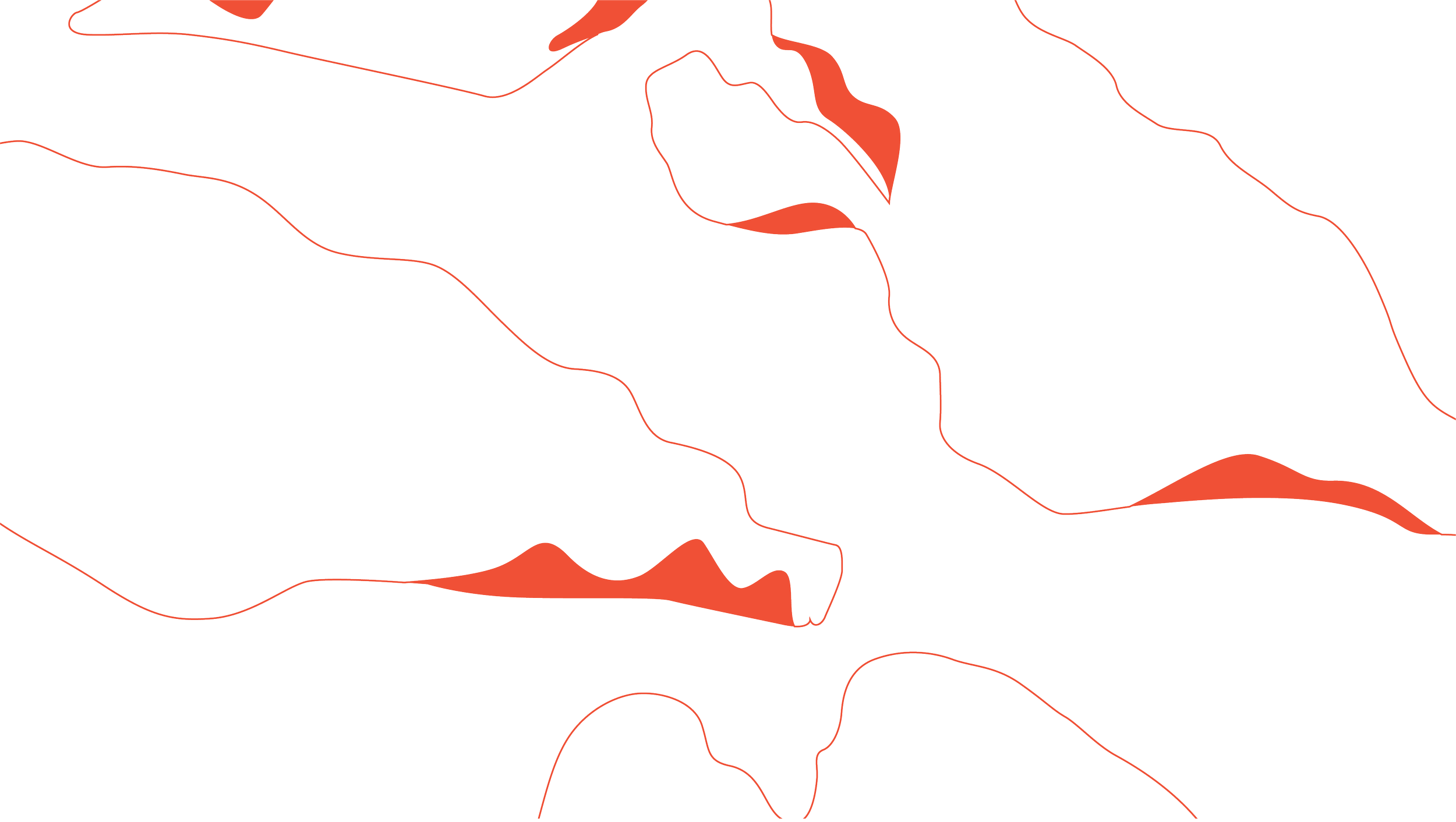
b. 1989, Taipei, Taiwan; lives and works in Taipei
Anchi Lin (Ciwas Tahos) is a Taipei, Taiwan-raised and -based new media and performance artist of Atayal/Itaṟal and Taiwanese Hō-ló descent. Ciwas’ body-centered practice weaves Indigenous Atayal worldview through performance, moving image, cyberspace, ceramics, and kinetic installation to claim a self-determined queer space. Ciwas completed an MFA in New Media Art at Taipei National University of the Arts (Taiwan) and a BFA in Visual Art at Simon Fraser University (Canada), Ciwas’ work is an exploration of cultural and gender identity, using her body as a medium to trace linguistic and cultural experiences of displacement to seek out new queer forms of understanding.
Ciwas has exhibited, presented, and performed across countries, including recent artist residencies in Vietnam for Ba-Bau AIR, Portland Institute For Contemporary Art in USA, and Kyoto Art Centre in Japan. Most recently, Ciwas was awarded the Biannual Prize of Pulima Art Award and was selected as the inaugural Artist for the Australia-Taiwan Friendship Year Arts Exchange Partnership for 2023. In 2023, their work was exhibited at the 2023 Arts Electronica Festival in Austria, the Taiwan Austronesian Art Triennial in Taiwan, and Proto-zone13 at Shedhalle in Switzerland. Ciwas was the guest curator for the 2022 and the 2023 ADAM Artist Lab for the Taipei Performing Art Centre.
Recent notable exhibitions in 2022 featured Pswagi Temahahoi, which was concurrently exhibited at documenta 15 in Germany and Indonesia, Ciwas’ solo show Finding Pathways to Temahahoi at Artspace Aotearoa Gallery in Aotearoa New Zealand. Pswagi Temahahoi is the most recent work from the ongoing project mgluw tuqiy na Temahahoi exploring the place of Temahahoi. Ciwas’ writing on her practice related to this body of work was published in the Pacific Arts Journal.
Ciwas was also awarded 1st Prize in the TNUA Genie Lab Art Competition for 2021. That year The Land in the Middle of the Pond was commissioned by the Green Island Human Rights Art Festival. The work employs different rituals to respond to a history of forced relocation, pollution, and disease experienced by the Qara Atayal community as they intertwine with the river — rituals, such as tracing veins, carrying water from the reservoir, and exchanging names with plants, serve as a bridge to permeate between individuals.



